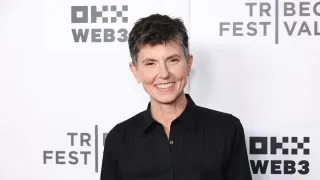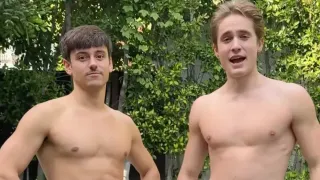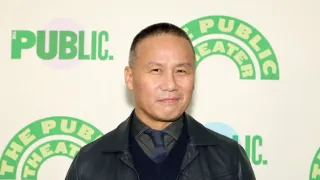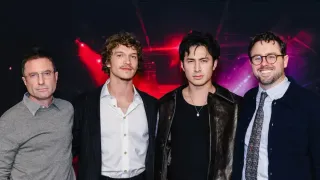September 4, 2018
Ghost Stories
Ken Tasho READ TIME: 1 MIN.
The horror anthology genre has seen its share of hits and misses, and seems to come and go with the changing times also. A film that probably won't revive the mostly dormant movie format is worth at least a rental anyway. "Ghost Stories" has the distinction of a generic title and some generic situations too. But somehow, Scream Factory's new Blu-ray can get under your skin here and there.
IFC Films in conjunction with Shout Factory presents a collection of three disparate tales with a central story. That central segment features Andy Nyman as Professor Goodman, a skeptical man who spends his life debunking the supernatural and otherworldly events. His feelings change when Professor Goodman gets presented with three paranormal cases and they challenge his beliefs.
The tales involve a night patrolman who stands guard at a spooky asylum, a young man who's hunted in the dark woods by a murderous creature, and a rich man (Martin Freeman) that sees visions of his unborn son.
The twist ending has been seen numerous times before, yet it also gets presented in an unusual way.
"Ghost Stories" won't erase the memory of genre classics like "Tales From the Crypt," "Creepshow," or even the cult TV movie "Trilogy of Terror." I'd say the movie is slightly above average, with some unique filmmaking techniques and spooky scenes. But with only the film's trailer as a bonus feature on the Blu-ray, this release mostly warrants a RedBox rental or a download from a streaming service.
"Ghost Stories"
Blu-ray
$29.99
www.shoutfactory.com






